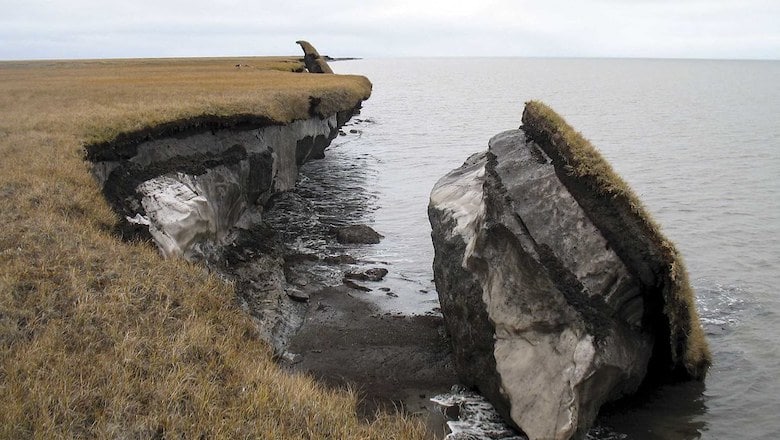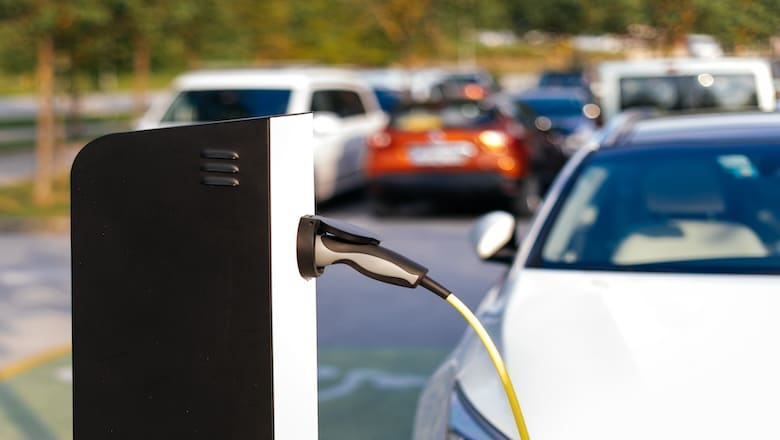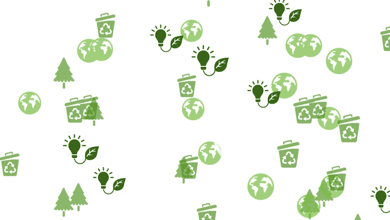GreenerU refines and aligns to help institutions reach climate neutrality
After twelve years of experience in the business of sustainability consulting, energy-efficiency engineering, and construction project management, we are focusing all of those capabilities on tackling a single (enormous) challenge: helping educational and community institutions navigate the steps to climate neutrality.

Twelve years ago, when GreenerU was founded as Energy Climate Solutions—a name we fortunately ditched soon thereafter—our founding partners knew that working with schools would be our focus. Their primary mission is to educate, of course. But they are also drivers of innovation and incubators for solutions to global problems. They can be dynamic, richly engaging atmospheres where conversations among friends over beers can develop into brilliant ideas that change the world.
It’s that force of intellectual zeal that led us to concentrate our business of serving educational institutions because we believed then—and still do today—that schools can and will lead the world in mitigating climate change.
School campuses are often where change originates, where the national conversation begins on challenging or difficult topics. Civil rights lunch counter sit-ins in 1960, for example. Pro-democracy demonstrations in Tiananmen Square in 1989. Parkland. Black Lives Matter.
And climate change. Earth Day began in 1970 as the brainchild of a junior Senator from Wisconsin who partnered with a conservation-minded Congressman. But it was their employment of a young activist named Denis Hayes that drove the movement on college campuses nationwide, as they built on momentum and student engagement modeled after anti-war protests.
The reasons educational institutions are such effective global change agents are the same reasons they require a different approach than other market sectors. Colleges, universities, and many private independent schools operate like small cities with a complex web of stakeholders. Authentic change happens when concerns are vetted, when barriers are addressed, when a diversity of voices are considered, and when solutions are inclusive.
The pandemic that changed everything and nothing
Like most companies and organizations, GreenerU went through a period of uncertainty throughout 2020. Our clients, mostly nonprofit educational institutions, expressed nervousness about their funding sources. Climate change gave way to building health and safety during a global pandemic as schools scrambled to figure out the best way to stay afloat and still provide a quality education. We offered assistance in the best ways we knew how, in the form of facilitated Zoom discussions on water safety, building operations, and facilities budgets during the time of Covid-19.
With crisis lies opportunity, or so the saying goes. As such, we chose to spend some time navel gazing as we navigated our way through the darkest days of the pandemic. The result of that was an alignment of our existing services around the purpose of helping institutions achieve climate neutrality through planning, engineering, and implementation.
The road to climate neutrality
As any sustainability professional is aware, there is no easy path to achieving climate neutrality. Technical solutions abound, but the roadblocks are many: financing, technical feasibility, political will, staffing and bandwidth, and stakeholder support are just a few. Navigating the steps to climate neutrality is like putting together a 7,500-piece jigsaw puzzle with no edge pieces.
Only a handful of American colleges have actually achieved neutrality to date (actual numbers vary between eight and ten). The secrets to their success are specific to each institution: American University, for example, transitioned their campus heating system from steam to more efficient low-temperature hot water and began capturing methane gas from a landfill. Bates College achieved neutrality in 2020 in part due to its transition to renewable fuel oil, a wood-derived liquid, and energy efficiency measures totaling more than $1 million in annual utility savings. All schools purchased offsets in various forms.
Campuses such as these have been successful, in part, due to coordinated and focused efforts that endure the tests of time and staff changes and budgetary challenges. To achieve success, they worked hard to include voices across the institution and integrated sustainability into every aspect of campus life. And that’s what we do.
How GreenerU helps institutions navigate the steps to climate neutrality

During the planning phase, GreenerU facilitates climate action planning and other strategic plans to help institutions set and meet climate neutrality targets. This work includes gathering baseline data through AASHE® STARS and measuring Scopes 1, 2, and 3 emissions through SIMAP®; developing institution-wide support through stakeholder engagement; addressing policy gaps and internal capacity issues; conducting resilience assessments; aligning climate neutrality planning with strategic and other institutional and priorities; developing the technical approach to climate neutrality; and creating implementation roadmaps to steer institutions into action.
Examples of institutions we’ve helped with the planning phase: Swarthmore College, Concord Academy, East Carolina University, Boston Green Ribbon Commission’s Higher Education Working Group, Concord Free Public Library, Portland Community College, University of Massachusetts Medical School, and more.
Through the engineering phase, GreenerU takes the groundwork laid during the planning phase and develops the technical details around our clients’ priorities. We’ll perform technical assistance studies and ASHRAE Levels 1 and 2 energy audits. We guide the process of a feasibility assessment and engineer solutions for renewable energy and efficiency measures such as lighting, laboratory efficiency, HVAC, and other controls. We also look at cost estimates, try to help our clients secure financing and initiatives, develop sequencing recommendations for projects, and make recommendations for turning concepts into construction plans. We apply an overarching programmatic approach to a series of mechanical upgrades that will help our clients achieve climate neutrality.
Examples of institutions we’ve helped with the engineering phase: Southern New Hampshire University, William James College, Wellesley College, Brown University, Brandeis University, Ithaca College, Dean College, Isabella Stewart Gardner Museum, Brooks School, Smith College, The Governor’s Academy, The Fessenden School, and many more.
Finally, the implementation phase is where we manage energy-efficiency construction projects. Through turnkey (design-build) or an owner’s project management (OPM) construction model, GreenerU tackles the full scope of implementation: labor and equipment procurement, permitting, scheduling, managing subcontractors, communicating with building occupants, and looping back with our clients for ongoing communications and feedback. Finally, we measure and verify energy savings, which ensures we are helping our clients hit their neutrality targets.
Examples of institutions we’ve helped with the implementation phase: Brown University, Massachusetts Society for the Prevention of Cruelty to Animals, Brandeis University, Wellesley College, Boston College, Dean College, University of Massachusetts Boston, Yale University, Smith College, Worcester Polytechnic Institute, Clark University, and many more.
Let’s do this
Helping institutions mitigate climate change has always been GreenerU’s mission. Working with clients across our whole spectrum of planning, engineering, and implementation services in the last 12 years, we’ve already helped more than 50 institutions reduce emissions.
GreenerU believes in the power of educational and community institutions to lead the world. In navigating the steps to climate neutrality, we can help pull all the pieces together to slay one of the most formidable dragons of our time. We are inspired by the vitality that percolates up from institutions of learning. We really are all in this together. Let’s win together.
Let’s harness all the work you’ve done to date and organize it into a roadmap to achieve climate neutrality. Contact GreenerU today to ask about how to align your institution’s efforts toward mitigating climate change.



